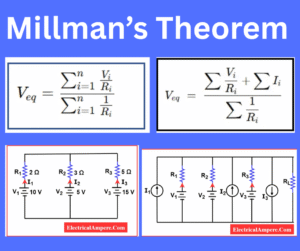Gang Operated Switch (GO/GOAB Switch): Construction, Working Principle, Parameters, and Types
In high-voltage power distribution systems, safe and reliable switching equipment is essential. One of the most commonly used devices is the GO/GOAB Switch (Gang operated/









